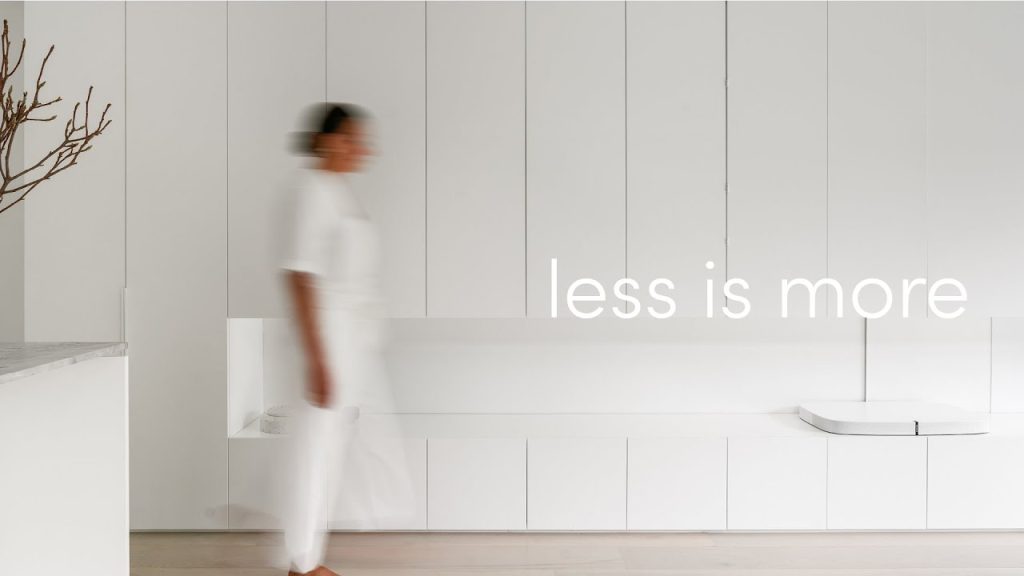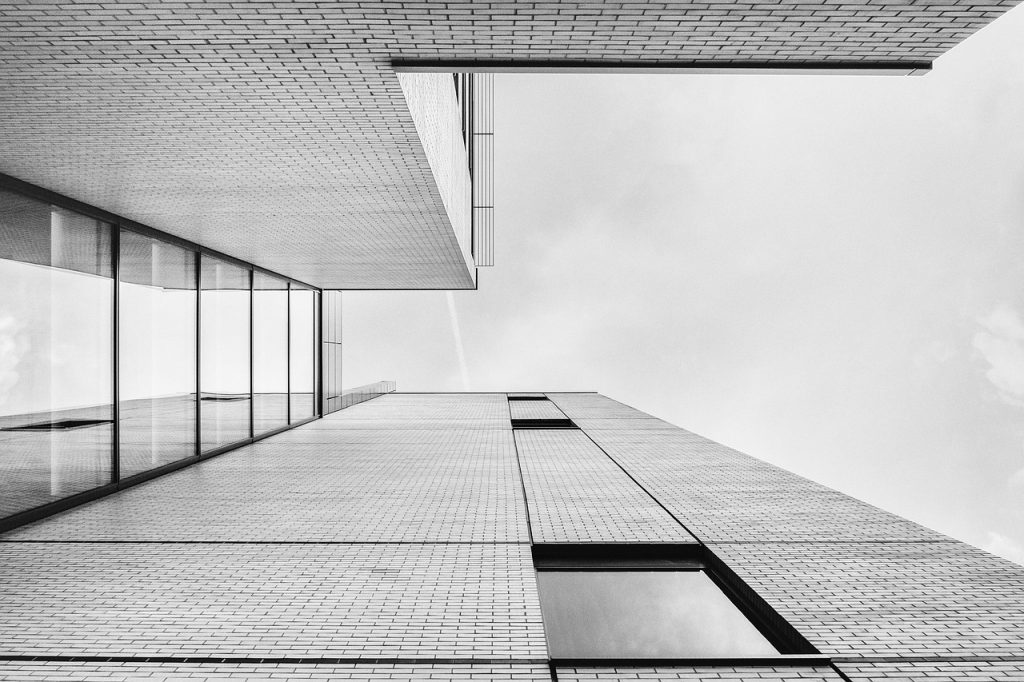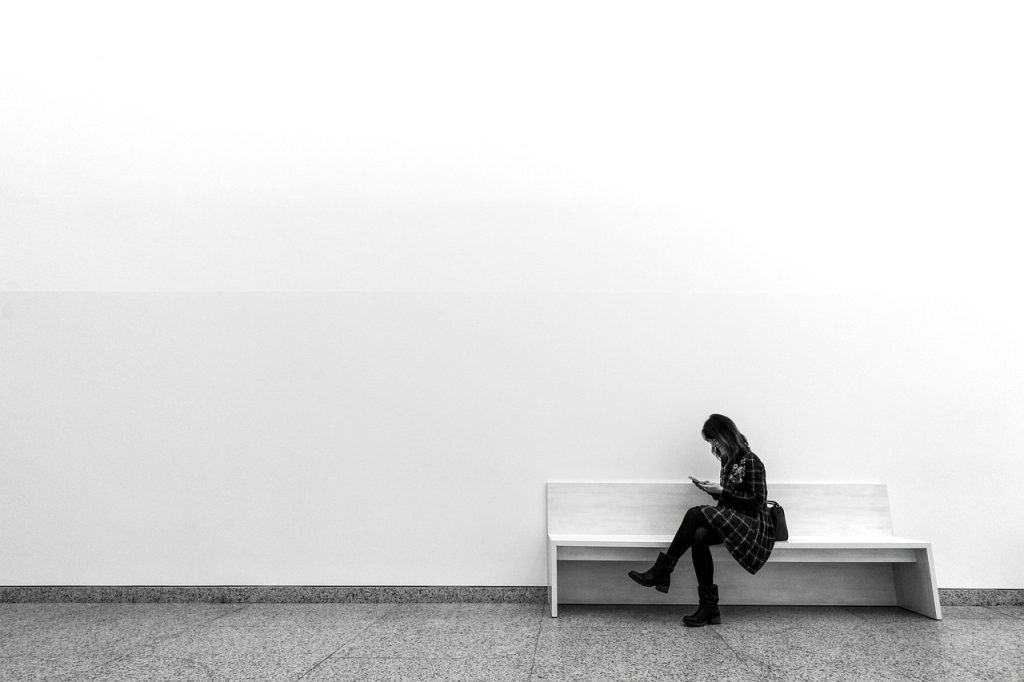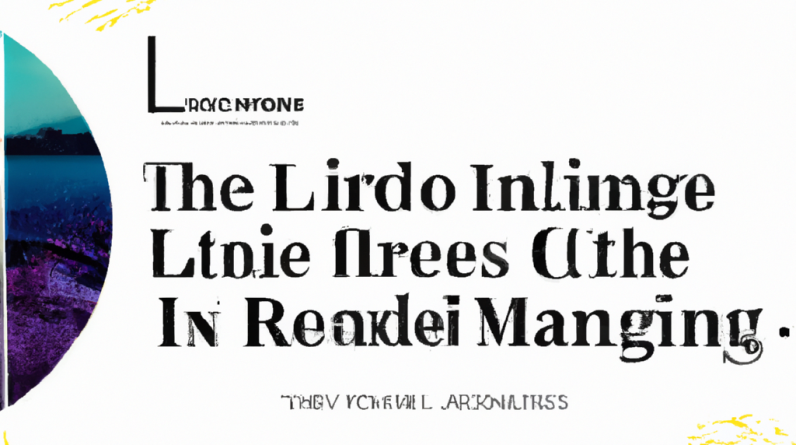
In the world of design, the concept of “less is more” has gained significant recognition. This idea, popularized by renowned Modernist architect Mies Van Der Rohe, suggests that simplicity and clarity lead to good design. While initially associated with architecture, this philosophy transcends various aspects of our lives, including fashion, health, food, and lifestyle. As a student of architecture, I was captivated by the approach of Japanese minimalist architects who achieved remarkable results by utilizing minimal elements effectively. In this video, I explore six fundamental elements of minimalist house design and minimalism, providing insights into how simplicity and minimalism can create a sense of calmness and harmony in our living spaces. From the importance of form-follows-function to limited material palettes and clean lines, I delve into the principles that underpin minimalist design and its profound impact on our well-being and environment.

Table of Contents
Form Follows Function
When it comes to minimalist house design, one of the key principles to keep in mind is “form follows function.” This concept emphasizes that the purpose of the building should be the starting point of the design. Instead of coming up with a complicated layout and then trying to fit rooms and furniture into it, the focus should be on designing with function in mind. This approach ensures that every element of the house serves a purpose and eliminates any wasted or dead space.
For example, while a glass cube might seem like the epitome of minimalist design, it is not very practical in terms of energy efficiency and spatial functionality. Glass structures can result in excessive heat load and heat loss, and they often create awkward spaces. Instead, minimalist house design focuses on optimizing space and creating functional layouts that accommodate the needs of the inhabitants.
Limited Material Palette
In minimalist house design, a limited material palette is crucial for creating a clean and clutter-free aesthetic. The goal is to reduce visual distractions and create a sense of simplicity and calmness. While the popular image of minimalism often includes an all-white monochromatic material palette, it is not limited to just whites, beiges, and grays.
Timber and stone can add warmth and texture to the home, while glass can be used to maximize natural light and create a connection between the interior and exterior. The key is to strike a balance between materials and colors, keeping in mind the principle of “less is more.” By using a restrained selection of materials, minimalism allows each element to contribute to the overall design without overwhelming the space.
Clean Lines
Clean lines are a defining characteristic of minimalist house design. When architects and designers talk about clean lines, they are referring to unbroken and uninterrupted lines in the architectural elements. This can be observed in the seamless junctions between walls and ceilings, where minimalist design often eliminates the need for decorative cornices or plaster corners.
By eliminating visual breaks and unnecessary details, the rooms in a minimalist house can achieve a sense of continuity and unity. This creates an uncluttered and sleek aesthetic that enhances the overall minimalist design.
Remove Excess
Minimalism is about removing excess in all aspects of design, including space and ornamentation. While the size and scale of a minimalist house may vary depending on lifestyle and needs, the core principle remains the same: stripping away unnecessary elements to create a more functional and streamlined space.
This means questioning the need for extra rooms, excessive bathrooms, or unused space. Minimalism encourages homeowners to evaluate what is truly essential and let go of anything that adds unnecessary complexity. By simplifying the layout and removing excess, minimalist house design allows for a more efficient use of space and a greater sense of clarity and purpose.

Honesty
Honesty, in the context of minimalist house design, refers to allowing the building materials and architectural features to be expressed in their true form. It means embracing the natural beauty and characteristics of materials, rather than disguising or covering them up.
For example, if there is an interior brick wall that adds texture and warmth to the space, minimalist design would showcase it in its raw state instead of opting for a decorative panel or wallpaper that imitates the look of brick. This approach honors the integrity of the materials and allows the building to age gracefully over time.
No Ornamentation
In contrast to the ornate elements of traditional architecture, minimalist house design eliminates unnecessary ornamentation. Decorative features that do not serve a function are stripped away, leaving behind clean and uncluttered spaces.
By removing ornamentation, minimalist houses create a visual sense of calmness and allow for a more focused and intentional living experience. The absence of decorative elements also prevents visual distractions and allows the architecture and design to take center stage.

Light and Landscape
While the importance of light and connection to the landscape is not exclusive to minimalist house design, it plays a significant role in enhancing the space and creating a harmonious relationship between the interior and exterior.
By utilizing natural materials, visual connections to nature, and incorporating gardens and indoor plants, minimalist design brings the outdoors in and creates a sense of serenity and tranquility. Natural light is also a critical factor in minimalist house design, as it can make a space feel larger and brighter.
Stripping Down to Essentials
At its core, minimalist house design is about stripping things down to the bare essentials. It is not about achieving a specific look or adhering to a strict checklist, but rather about creating a home that fosters a sense of calmness and provides space for what is truly important.
This approach encourages homeowners to evaluate their needs and eliminate anything that is excessive or unnecessary. Whether it is removing extra bathrooms, decluttering personal belongings, or simplifying the overall design, minimalism allows for a more intentional and meaningful living environment.

Creating a Sense of Calmness
By incorporating the principles of minimalism into house design, homeowners can create a space that exudes a sense of calmness and clarity. The clean lines, limited material palette, and removal of excess create an uncluttered and serene atmosphere.
Minimalist design embraces functionality and simplicity, allowing homeowners to focus on what truly matters. Whether it is enjoying the natural light, appreciating the architectural features, or finding peace in the connection to the landscape, minimalist house design provides an environment that promotes tranquility and well-being.
Conclusion
Less is more. This simple phrase embodies the essence of minimalist house design and minimalism as a whole. By embracing the principles of form follows function, a limited material palette, clean lines, removal of excess, honesty, no ornamentation, light and landscape, stripping down to essentials, and creating a sense of calmness, minimalist house design offers a unique approach to modern living.
Through thoughtful and intentional design choices, minimalism allows homeowners to curate a space that fosters simplicity, clarity, and tranquility. Whether it is a small urban apartment or a spacious countryside retreat, minimalist house design has the power to create a harmonious and fulfilling living experience.








